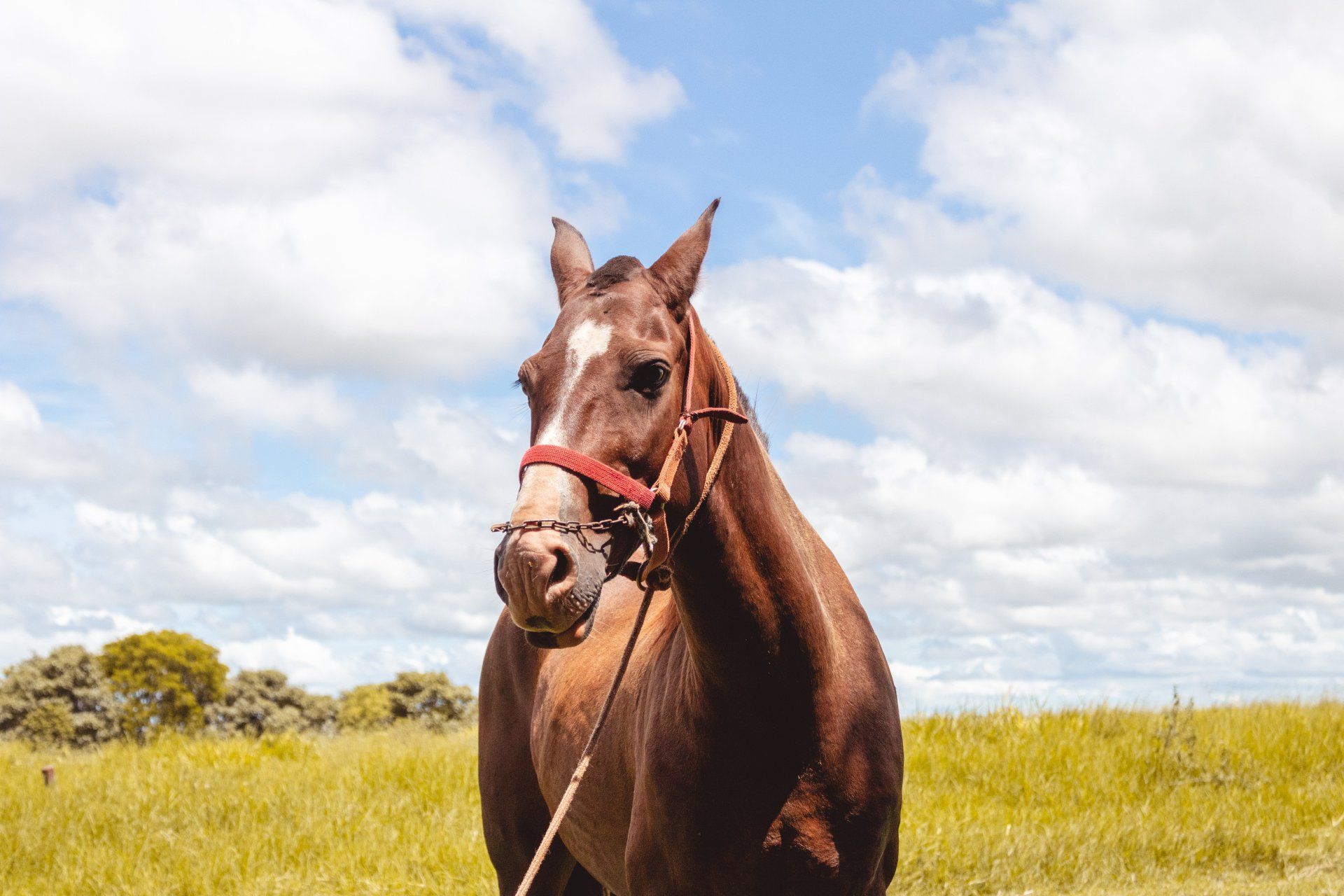Leaf Chasing and Shadow Chasing in Dogs
Chasing after items, such as leaves and shadows, can become an obsessive condition in dogs. The instinct to chase a moving object is inherent within dogs, yet it can develop into a problem situation. Your dog sees a moving object as something they have to have. With items like leaves and shadows, they can never really get it.............so they keep at it.
To remedy this behavior, it is important that you practice activities that encourage calm submission.
You also need to condition your dog's brain to react differently to those things they are obsessive over. When on a walk, don't give them the option to look down at any shadows. Keep your dog focused on the walk alone. Instead, make the walk their mental challenge. Always remember that dogs don't multitask well, so concentrating on the walk limits other distractions. You could try putting a dog backpack on your dog with water bottles for added weight. This gets them focused on carrying things instead of chasing objects.
Think of this as a dog discipline ritual. When a dog is fixated and obsessed, his/her brain is closed. This stubborn state of mind makes it difficult to correct the bad dog behavior, so the key here is to snap them out of this state of mind before it escalates into a dog obsession. When a dog is aggressive and bites, we sometimes use a muzzle in the rehabilitation process. There are two main reasons for this. First and foremost, it keeps the situation safe. The second reason for the muzzle is that the muzzle is a device to help convey the message. The redirection or device is what allows the brain to be open and able to be corrected. So, with obsessions, you need to find a device that helps you redirect and convey the message.
A great idea is to try dog goggles. When the dog becomes interested in a shadow, put the goggles on. You can also try an Elizabethan cone collar or a can filled with coins that make a loud noise. Once you place the goggles or E-collar on your dog, say a word like "no" that they can associate with this action. Once your dog is calm again, remove the dog goggles. Repeat this process every time that you dog begins to look at the object or shadow. This teaches them that there is a consequence to this problem dog behavior. Eventually, they will learn that just seeing the goggles and hearing the word "no" means to stop this -- that effectively becomes the redirection. Redirection is a common technique, switching one behavior for another desired behavior.
It is also very important to make sure that you are not condoning the bad dog behavior in any subconscious way. It is important to remember not to feel sorry for your dog. They need a pack leader who can take control of the situation. So encourage a calm-submissive state before engaging in any activity, be it playing fetch, feeding, or giving affection. Be sure that the calm state is not the anticipation state, but totally a level one calmness. Once your dog understands they must be quiet and respectful before any doggy activity, they will not be overexcited and obsessive with the things around them.
Your response when your dog begins to chase or fixate on shadows and light will have a big impact on their behavior. Let your motto be “Interrupt and redirect, but never punish.” Interrupt the behavior and try to redirect your dog to some other behavior. Try to distract your dog with a favorite toy or use a new squeaky toy to get their attention. Consider rattling their leash and heading out for a walk if that works to distracts them. (Don’t do this last one too often or they may learn to chase shadows in order to get you to take them out.) The interruption should distract your dog, but should never scare him. Good options for redirection include tug, fetch, a Kong® toy, a chew toy, outdoor exercise, or a training session. It can be tempting to respond in a negative way to this behavior, but any punishment carries the risk of making the behavior worse.
An hour walk each day is enough for many dogs, but additional exercise for a young, active dog is really important. Off-leash running for an hour or more a day (or better yet, twice a day) can really make a big difference. Other tiring activities, such as fetch and swimming, can also help to rid your dog of excess energy and boredom. The biggest challenge is to find a safe place to let your dog off his/ her leash. Physical exercise can greatly help this problem, but so can additional mental exercise. Giving your dog’s mind more to do may help as much as the physical exercise. Give them toys that tax their brain, teach them tricks daily, or attend classes.
If you feel that his obsession is worsening or is more noticeably affecting the quality of their life (or yours), consider talking to a qualified veterinarian about medicine for obsessive-compulsive behavior and working with adjunctive medical therapy.
This article was written by Greg A. Roadruck D.V.M. for use on the websites of the Akron Barberton Veterinary Clinic, Orrville Veterinary Clinic, and Seville Wadsworth Veterinary Clinic.
Article was edited and published by Jeffrey R. Fink D.V.M.












